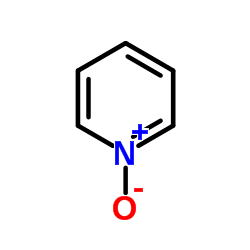| 结构式 | 名称/CAS号 | 全部文献 |
|---|---|---|
 |
吡啶-N-氧化物
CAS:694-59-7 |
|
 |
吡啶-15N
CAS:34322-45-7 |
| 结构式 | 名称/CAS号 | 全部文献 |
|---|---|---|
 |
吡啶-N-氧化物
CAS:694-59-7 |
|
 |
吡啶-15N
CAS:34322-45-7 |